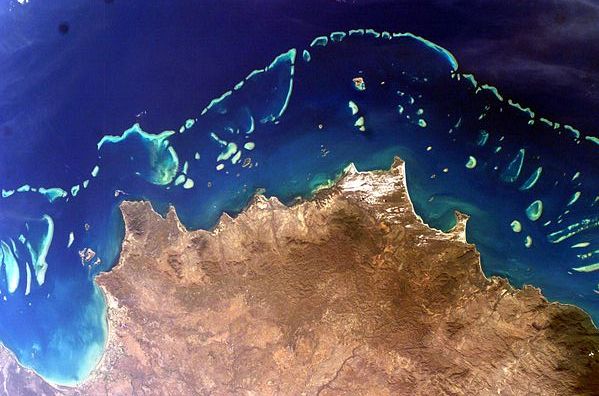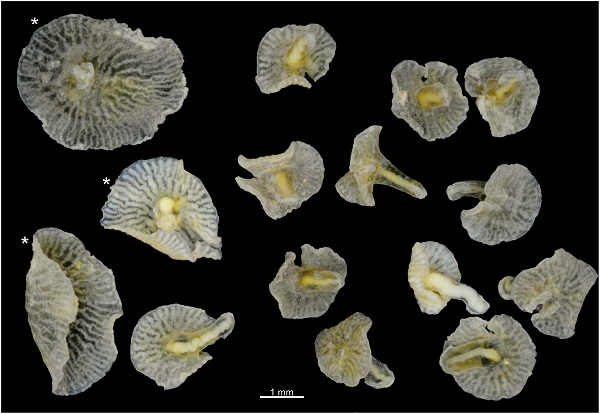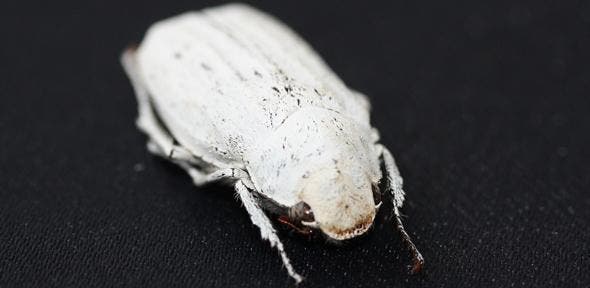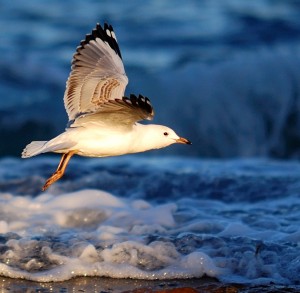For what we risk biodiversity (1): Australia’s coal industry
We all agree, that nature’s richness is precious and needs to be protected. But at the same time it sometimes “just happens” that this precious biodiversity is set at risk. To raise awareness for this contradiction, we start a little blog series, featuring examples of this phenomenon. Here’s our first part:
We risk biodiversity for the coal industry in Australia
The world’s largest variety of corals (more than 350 different species), more than 1500 tropical fish and at least 200 bird species, 20 different types of reptiles like sea turtles, as well as sponges, mollusks, rays and dolphins: the Australian Great Barrier Reef is teeming with life, in an extraordinary variety of colors and shapes.
Despite this richness, the Australian government recently approved four big industrial projects close to the reef, one of them the expansion of a coal port – which means three million cubic meters of seabed have to be removed. The Australian Brisbane Times vizualizes the amount of soil like this: “the amount of dredge to be dumped offshore is enough to fill 150,000 dump trucks lined up ‘‘bumper to bumper’’ from Brisbane to Melbourne.” Though strict guidelines are said to be applied, environmentalists fear, the Great Barrier Reef World Heritage Area will be affected. Greenpeace warns, instead of less then 2000 ships in 2011, more than 10,000 ships would be traveling through the World Heritage site by 2020. What’s more, the massive projected rise in ship traffic, will also increase CO2-emissions and thus accelerate global warming – which in turn further threatens the reef’s corals.
[story found on Grist.org]
Do you also know of more examples? Drop us a line in the comment box below!







